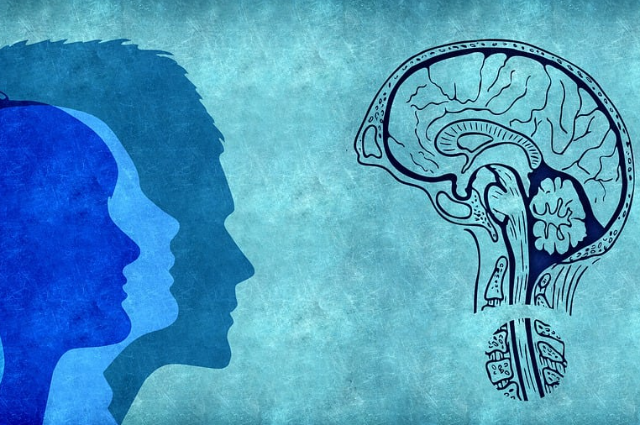
Image by Gerd Altmann from Pixabay
The notion that humans only use a small fraction of their brain capacity, typically cited as 10%, is a persistent myth that has permeated popular culture for decades. This idea has been perpetuated through various mediums, including movies, self-help books, and even motivational speeches. However, this claim lacks scientific evidence and is widely debunked by neuroscientists and researchers.
To understand why the 10% myth is inaccurate, it's essential to grasp the fundamental functions of the human brain. The brain is a remarkably complex organ composed of billions of neurons interconnected through intricate neural networks. Each region of the brain serves specific functions, ranging from sensory perception and motor control to memory storage and emotional regulation.
Numerous studies using advanced imaging techniques, such as functional magnetic resonance imaging (fMRI) and positron emission tomography (PET), have provided insights into brain activity patterns during various tasks and activities. These studies consistently demonstrate that different regions of the brain are active during different cognitive processes.
For example, when engaged in tasks requiring visual processing, such as reading or interpreting facial expressions, areas of the brain associated with vision, such as the occipital lobe, are highly active. Similarly, activities involving language comprehension and production activate regions such as Broca's area and Wernicke's area, which are specialized for language processing.
Furthermore, research on brain plasticity - the brain's ability to reorganize and adapt in response to experiences - has revealed the remarkable extent to which the brain can change throughout life. This phenomenon contradicts the notion of vast untapped potential within the brain.
Instead, it suggests that the brain is continually engaged and capable of adapting to new challenges and experiences. Moreover, advancements in neuroscience have enabled scientists to map brain activity with increasing precision, debunking the idea of dormant or inactive brain regions.
Even during seemingly mundane activities such as resting or daydreaming, the brain exhibits complex patterns of activity, underscoring the continuous engagement of neural networks. While it's true that humans may not use all regions of their brains simultaneously at all times, this does not support the notion of unused or dormant brain areas.
Instead, it reflects the brain's efficiency in allocating resources based on task demands and environmental stimuli. Just as a computer's processor dynamically allocates resources to different applications based on priority, the brain optimizes its activity to efficiently meet cognitive demands.
The origins of the 10% myth are somewhat obscure but likely stem from misinterpretations of early neuroscience research or anecdotal claims. Over time, the myth has been perpetuated and embellished through various channels, becoming entrenched in popular culture despite lacking empirical support.
Dispelling the 10% myth is crucial not only for promoting accurate scientific understanding but also for challenging harmful misconceptions about human potential. Believing that individuals possess vast untapped reservoirs of mental capacity can lead to unrealistic expectations and undermine confidence in one's abilities.
Instead, embracing the reality of the brain's complexity and adaptability can foster a more nuanced appreciation for human cognition and behavior. Recognizing the brain's remarkable capabilities can empower individuals to explore their full potential through lifelong learning, cognitive challenges, and personal growth. In conclusion, the idea that humans only use 10% of their brains is a myth devoid of scientific evidence.
Through decades of research and advancements in neuroscience, scientists have demonstrated the brain's remarkable complexity, plasticity, and continuous engagement across various cognitive processes. Dispelling this myth is essential for promoting accurate understanding and appreciation of the brain's capabilities, empowering individuals to harness their full cognitive potential.
